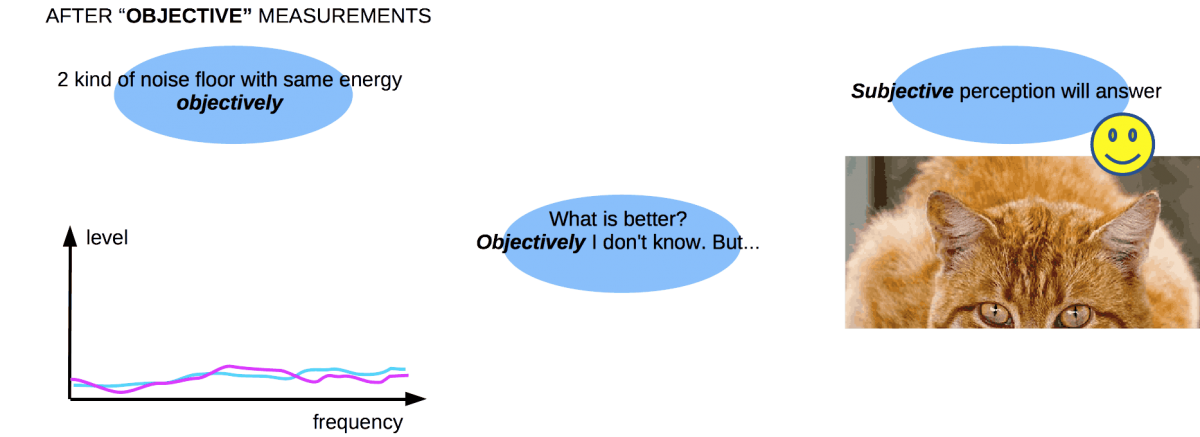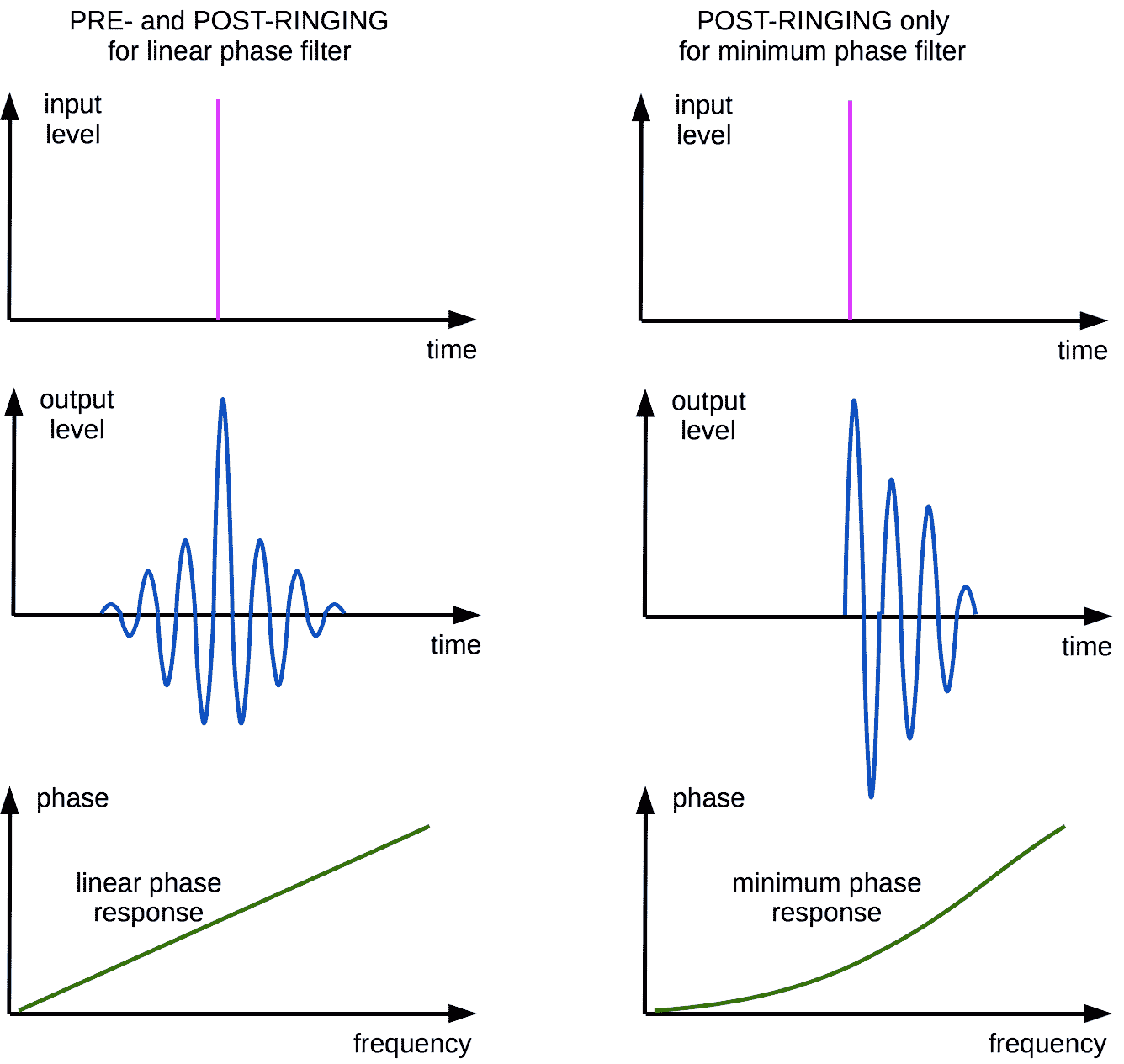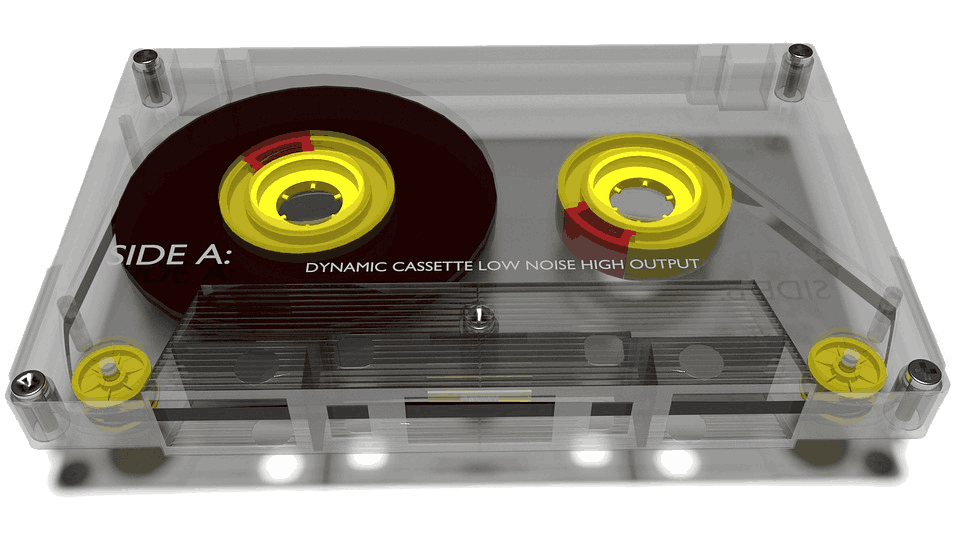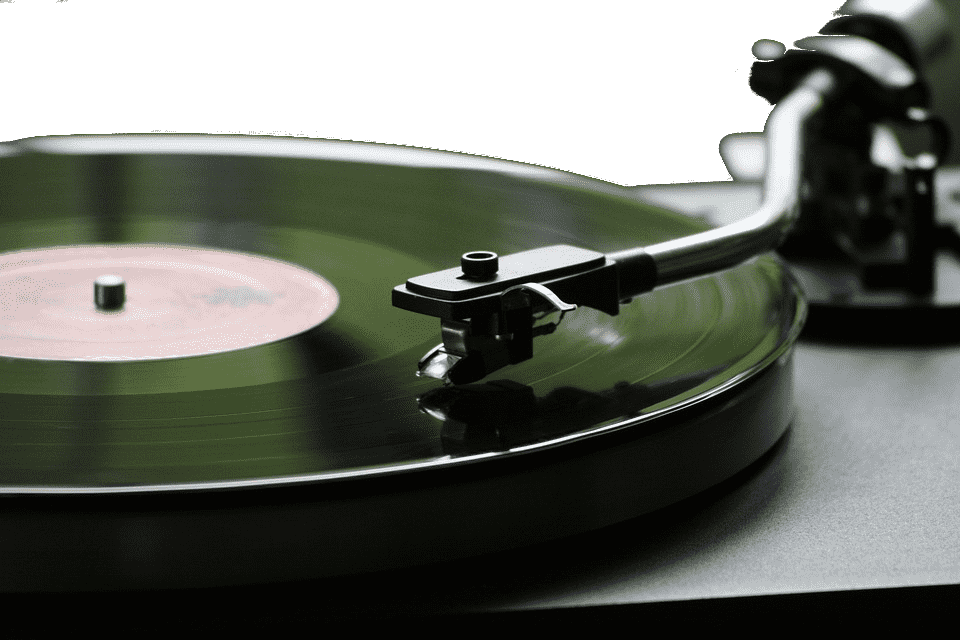
Is music subjective or objective? Some people prefer to check audio quality via their own ears. It's called "subjective approach". And they are right from point of view of music final destination - aesthetical enjoyment.
Other people learn technical distortion level of the equipment. It is called "objective approach". And they are right from point of view: "if music is lesser distorted then sound closer to reference original".
But, it's not that simple. Keep reading...

If you buy "AuI ConverteR PROduce-RD" (2023/12.x version) from 24 August 2023 to 24 October 2023, you will get free update to version 2024 (13.x) after its release.
![video: How to improve sound quality [Your Guide]](/pictures/videopic/sd--nK1n7Im1VKY.jpg)
Back to top
What is sound quality?
Sound quality may have 2 meanings:
- Audio quality is distortion and noise level (objective approach).
- Audio quality is the "beauty" of sound (subjective approach).
Objective means "measurable (with some precision) and repeatable".
Subjective means "perceived and repeatable/unrepeatable".
Read details about sound quality...
Back to topObjective approach as audio quality estimation
The second definition is pure "subjective". It's personal feelings.
Theoretically, the "most natural" sound is the original sound of an acoustic source: voice, musical instrument, others. In the ideal case, original sound is passed thru an audio system to our ear without changes. It is the maximum audio quality of the system.
Original sound also contains spatial information. But modern apparatus still don't provide it entirely. Read details here.
However, the first "objective" (measurable) definition is not simple and univocal as it might appear at first glance.
We can measure figures, but we don't know exactly how it perceived by a human.
Let's look at examples:
- In various cases, noise floors have different shapes for similar energy. What is more qualitative?
- Pre-ringing with lesser energy and post-ringing with higher one. What is better for ear?
Here we are faced with "subjectivity" when we try to interpret figures. And first "objective" quality definition can't exactly estimate sound quality.
Different noise shape examples
Let's learn different noise shape examples. Two music devices have similar total energy noise. We can add "objectivity" by normalizing to ear sensitivity curve (hearing curve) [1]. The noise shape will be changed.
What sound is better objectively?
What is better subjectively?

But we can't answer objectively right now: what noise floor is better to ears? Because the floors are similar enough. And we don't know, that may be better without an experimental check.
We can get close to an "objective" noise floor comparison via blind audio test. Despite the fact that we compare "subjective" perception.
Sometimes differences may not be distinguished.
The blind test is a kind of hi-fi tests, that allows getting rid of "subjectivity" partially. It doesn't give 100% sureness, because many subtlest details can cause result bias. But the such trial is better than nothing.
Pre-ringing vs. post-ringing example
After digital filtration (in resampling, as example) output signal contains ringing - artifacts, generated by signal.
Pre-ringing rise at filter output before "parent" signal. Post-ringing - after.
Pre- and post-ringing of digital filters

Intuitively we think, that pre-ringing is worse. Because it is so "unnatural". It's really strange that distortions rise before signal.
Minimum phase filter allows moving pre-ringing energy to the post-ringing area. However, phase response of the filter has some non-linearity. And, post-ringing energy is increased 2 times.
We know all figures again. The author would say, that post-ringing of minimum-phase filter "2 times worse" than linear filter's post-ringing. But we don't know what it means for our ears.
Until audio trials, of course.
Read about the ringing...
Back to topSubjective perception as audio quality estimation
Subjective perception always cause more doubts, than measurements. Because recheck it other way is sophisticated enough. Even if a listener report repeatability of results.
We can estimate aesthetical enjoyment from apparatus. We feel, that "nicer" sound is like a better sound quality.
But some kinds of distortions may have "nicer" sound. Logically, we can suggest, that distorted sound have lesser "naturalness", than undistorted. I.e. recorded musical instrument, sound "nicer" subjectively, but "naturalness" is lesser.
Subjective sound quality:
analog sources may have nicer sound than digital ones

As example, currently digital systems are most exact. They have minimal distortions. But analog sources (tape, vinyl) may be estimated as "nicer" by sound. Despite with serious issues related to mechanical and medium material matters.
Vinyl, like tape, can give nicer sounding,
despite mechanical and medium material issues

Nicer sound here is result of specific kind of distortions. As example, tape have "soft compressing" issue (specifical non-linearity), that give tape sound original coloring.
Above-mentioned analog mediums may be considered as sound enhancers (sound "coloring"). But it is not relate to definition of sound quality.
Sound engineers know some almost invisible things, that can improve perceived sound quality: slight compression, slight boost of high frequencies and other.
However, if these effects are applied too obviously, they can cause lower perceived quality.
Back to top
Conclusions
- In the audio we can't achieve "100% objectivity" in sound quality estimation.
- We can measure features. But we can't estimate by figures its impact to ears with 100% sureness.
- We can use blind test for "objectivization" of "subjective" perception of the impact. Blind test have many subtlest details, that can cause result bias.
- We can't throw out subjective estimation of sound quality (see goal 3). But distinction must be drawn between:
"qualitative audio" (minimal distortions of original) and "sound enhancing" (beauty via "coloring").
Back to top
References
Audio Basis - articles about audio
Back to top